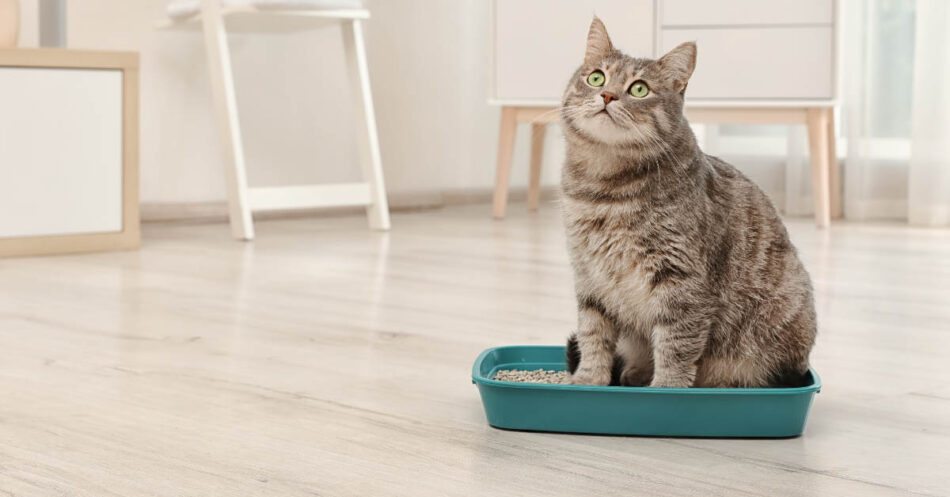
7 Cat Litter Box Tips You Need to Know
This post may include affiliate links. Please read my disclosure policy.
One of the best things about cats is their predictably unpredictable behavior. Once you decide to share your life and home with one or more of them, it doesn’t take long to realize that each has her own unique personality, complete with plenty of quirks. For the most part, these quirks lead to lots of laughs and only make us love them more.
However, there’s one area where no cat parent wants to experience unpredictability: the litter box. Having a kitty who refuses to use one, or who uses it inconsistently, is one of the most frustrating issues to deal with. A cat litter box situation can be stinky, messy, and altogether unpleasant.
But here’s the good news: many litter box issues have simple solutions. For an episode of the YouTube series Dear Tabby, I had the chance to chat with Dr. Liz Bales (AKA the Catvocate) to uncover the secrets to litter box success. Check out the episode and read below as I break down her six secrets, plus a new additional cat litter box tip, guiding you along the path of what to purchase, how to maintain your cat’s litter box, and how to set your kitty up for lasting success!
If you’re having trouble getting your kitty to use even a clean litter box consistently or if she was using it but then stopped for some reason, you’ll want to talk to your vet to rule out health concerns as the cause of kitty’s accidents. In cases where health isn’t an issue, one or more of the following tips may be your answer.
7 Cat Litter Box Tips and Secrets Your Cat Wants You to Know
1. It’s not about what you want. Consider your kitty!
When you set up your cat’s litter box, it’s easy to think about what’s most convenient for you in terms of where it should go, what size it should be, and more. But all that convenience goes right out the window if the litter box doesn’t meet your cat’s approval. If your kitties don’t like using the litter boxes you provide, you’ll have to spend all kinds of time cleaning up “accidents.”
A much better approach is to think about the litter box from your cat’s perspective. What size does she need? Where would she prefer the litter box be placed in your home? Is it clean and comfortable?
Keep reading for tips on how to meet your kitty’s unique needs and standards.
2. Don’t cramp her style.
Most litter boxes are on the small side as far as cats are concerned. Sure, they fit inconspicuously into almost any corner, but cats (understandably) don’t like to be cramped or squished when they do their business. They need space.
But how do you know what’s the right fit for a cat litter box? The ideal size of your next litter box can be measured from the length of your cat’s nose to the tip of her tail, plus another 50 percent.
The placement of the litter box within the home is also an essential thing to consider. In a helpful post from PetMD, you can read the dos and don’ts of where to place your cat’s litter box. As a rule of thumb, the best places are usually “quiet, easy-to-reach corners that offer privacy,” perhaps like a laundry room.
3. Don’t cover it.
You’re not the only one concerned about that litter box smell. Cats have very sensitive noses, and a covered litter box traps unpleasant odors. Can you blame cats for not wanting to spend time in a dark smelly enclosure? When you keep the litter box uncovered, you provide a more welcoming space, and your cat will be more inclined to return to their litter box when they need to go.
Pin Me!
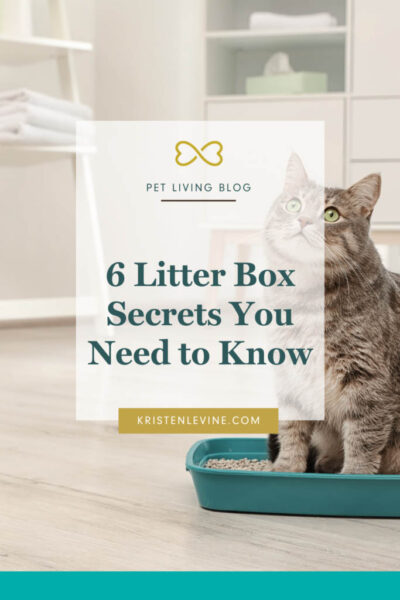
4. Add the right amount of cat litter.
How deep does cat litter need to be? This can be a tricky balance to strike. You want enough litter so it feels soft on your kitty’s paws but not so much that they sink right into it.
So how deep does fresh litter need to be? Ideally, between 1.5 to 2 inches. Put in too much or too little and your cat may just decide to “go” elsewhere. It can be useful to get precise about this, even using a ruler to measure the depth until you’re sure you get it just right and to your kitty’s liking.
And another thing to get just right? Determining what cat litter is best for your litter box. There are so many options in the market—should you get clay litter or a natural litter? What about pellets? Will scented litter cause issues (hint: possibly)? Choosing the right kind can make a huge difference in your cat’s life.
I never use anything but World’s Best Cat Litter. It’s a premium, natural clumping litter made from corn, and it comes in several formulas to fit any cat family’s needs. I love that it’s 99% dust-free and flushable, so clean-up is a breeze. It’s also quick clumping and has outstanding odor control, which makes both cats and their humans happy.
5. Keep it clean.
Every cat wants a pristine, clean litter box—and who could blame her? Clean litter boxes and keep them fresh by scooping waste out twice a day and giving the litter boxes a thorough cleaning (and new kitty litter) at least once a month. If you’ve opted to use non-clumping litter, you’ll need to change out all of the litter every time you clean your cat’s litter box. Animal Planet provides a useful guide on how to safely clean the litter box and get started on creating a fresh, rejuvenating environment for your kitty today!
Another tip I’d recommend is getting a metal cat litter scoop to keep your kitty’s litter box clean. These metal scoopers are better than plastic ones because they’re stronger and last longer. They don’t hold onto germs and are easier to clean. Also, clumping litter doesn’t stick to them, which’ll make scooping easier. Some of these scoopers even have comfy handles, so they’re nice to hold, and their design helps clean litter boxes better.
Speaking of keeping things clean, I recommend having a good enzymatic pet odor and stain remover on hand at all times when accidents do occur. My personal need for an all-natural, safe cleaner that didn’t have harsh odors or chemicals led me to develop my own enzyme cleaner, Kinderbean No Stress Mess Eraser.
It keeps my home clean and smelling fresh while naturally discouraging my cat from revisiting the scene of the accident. I also use it to clean Olivia’s litter box after emptying it. Since it’s bio-enzymatic, it actually destroys the bacteria that cause the unwanted odor.
6. Do cats share litter boxes? Hint: one litter box isn’t enough.
Do cats share litter boxes? Does your cat need more than one litter box?
Like many things related to cats, there’s no one definitive answer. Much depends on your cat’s unique personality. However, it seems clear enough that most cats prefer a multi-box household.
When planning and buying, a good guiding principle is to have one box per cat in your family, plus one. For example, if you live in a two-cat house, you need to make room for three litter boxes. This makes sure there are enough litter boxes at home (plus extra). Your cats will have plenty of space and keep the privacy they often hold dear.
7. Check her poop.
Scooping up your cat’s poop is gross enough in itself, but to actually check each clump as you do? It may seem like another chore to add to your litter box problems, but checking your cat’s poop when you clean the litter box helps you spot health problems early.
Aside from looking out for things like how often your cat goes, check what her poop looks like and if it smells different. Normally, their waste should be solid and brown in color. Any changes to the consistency and color could indicate your cat may not be as well as you think she is. She may have eaten something shouldn’t have, have parasites, or could be suffering from other more serious health issues.
Finding problems early means you can get your cat help sooner, which will help you avoid costlier vet bills in the long run.
The Tail End
These seven litter box tips offer a win-win scenario for everyone involved. Your cat is sure to feel calmer, more comfortable, and more at home—and you’ll rest easier knowing you’ve created a healthy and constructive environment for your kitty. Plus, there will undoubtedly be fewer accidents around the house!
Want more tips and tricks for keeping your cat healthy today, tomorrow, and always? Download my free monthly cat health checklist.

Chew on this: I may receive a small commission for affiliate links, but all products I “dig up” are ones I paw-thentically love!





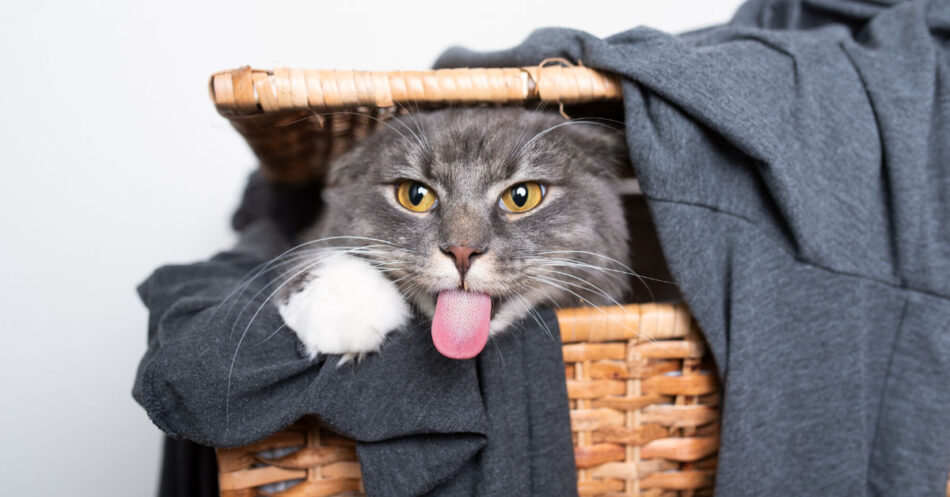
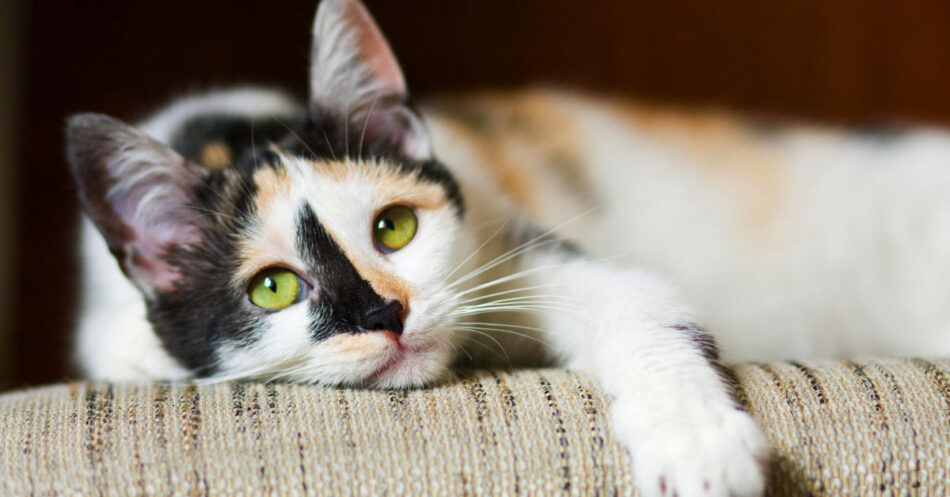
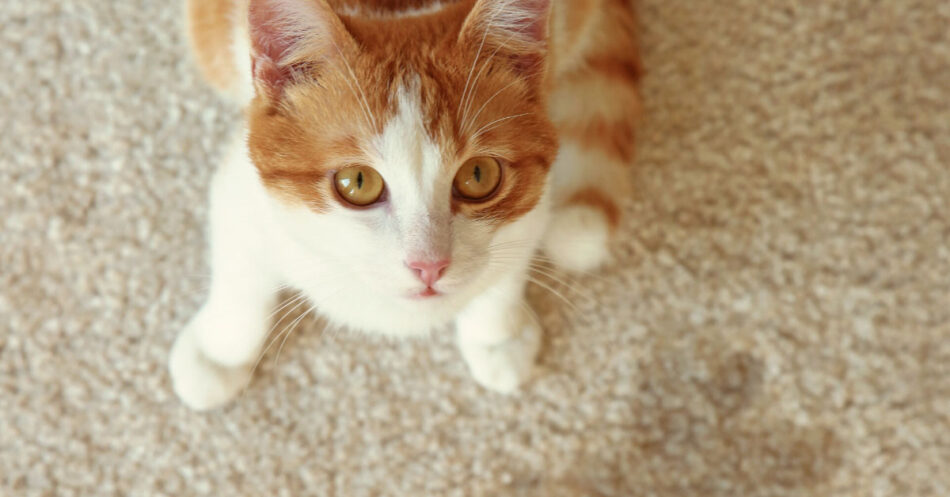
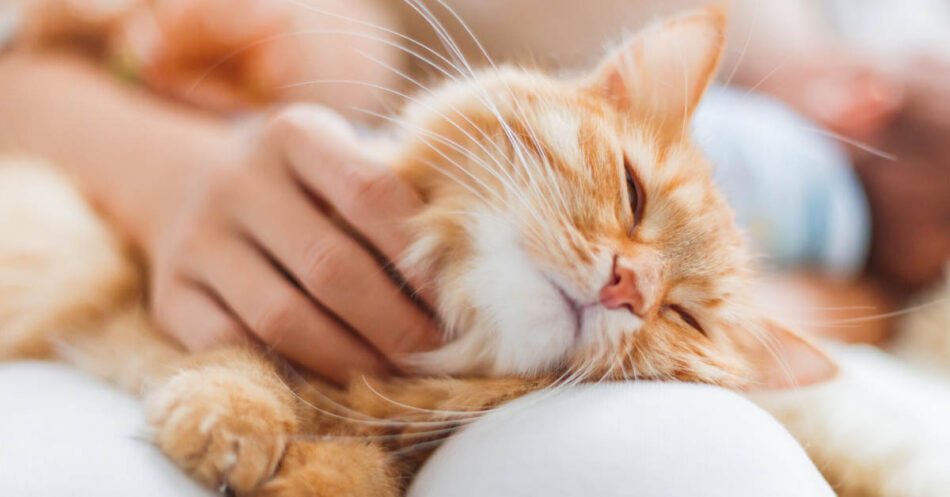
I already do this for my fur babies.
I have several cats and have 2 boxes in the laundry room and 1 on the enclosed porch. I have found that using less litter works better.
JoAnn,
Many cats don’t like too much litter! Glad you have found something that works.
Kristen
I have to caver my cats litter box because my old boy does not stoop to pee he just stands there an goes. Has done this for many years.
I’m fortunate to never have had any litter kitty issues. These are all great tips.
Lynda,
Glad to hear you have happy and healthy kitties 🙂 Thanks for reading!
Kristen
I do understand now why one litter box is not enough. Makes sense!
Dana,
Glad this helped you!
Kristen
My male cat will not use litter box, I think it’s because I got him from a girl who was living in her car and didn’t have a box for him so he went anywhere he could. So now he just goes outside to the grass I think he think he’s a dog he even growls at different things it really cute.
Informative and useful review, thank you!
We have had a rolling box and open pan. The paranoid cat (1/2) only uses the open box due to our second recently adopted cats dominant behavior. The second cat is open to using either, but he keeps going in to play around and fling litter everywhere!
Kris,
It can be annoying when they fling litter everywhere! It is definitely helpful when the box is kept clean!
Thanks for reading.
Kristen
Good ideas.
really great ideas, for training and teaching a cat to use the little box, some have things that they just dont likej
Sandy,
Every cat is so unique! Thanks for reading 🙂
Kristen